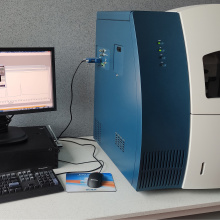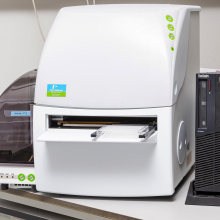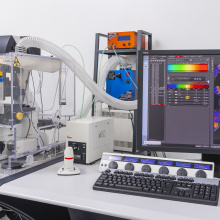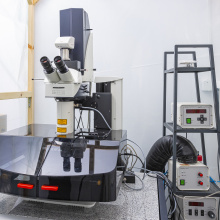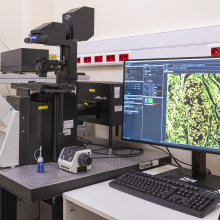Capillary electrophoresis Sciex P/ACE MDQ Plus with UV and LIF detection
Capillary electrophoresis system equipped with DAD and LIF detectors. System suitable for multiple electromigration techniques implementation (CZE, MEKC, ITP, cIEF, CGE). Typical applications: quality control of pharmaceutical products, chiral analysis, biomolecules analysis. In the lab it is also used for the quality control of the isolates of extracellular vesicles.
https://sciex.com/products/capillary-electrophoresis/p-ace-mdq-plus

